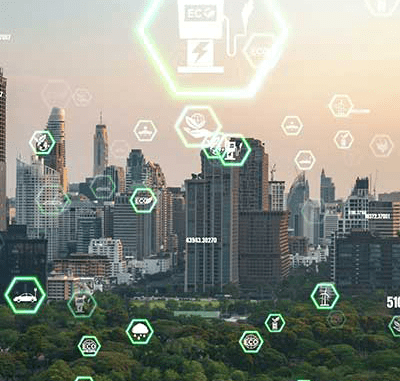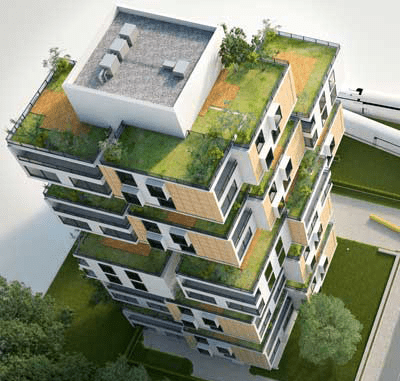Sudha Setty
Melyoura, Bangalore, India,
Corresponding Author: sudha@melyoura.in
Yoshita Sriram
Krushi Builders, Bangalore, India
Cite this article
Highlights
- Incorporating Energy Efficiency in retrofitting of a 50-year-old Building
- Rooftop solar in renovated building
- Renovated buildings can be sustainable.
Abstract
The authors, a homeowner and an architect without in-depth technical knowledge of energy efficiency, embarked on the renovation of a 50-year-old house in Bangalore, India. The result was a design that combined family needs with energy efficiency and sustainability. The 3000 m2 property underwent a comprehensive retrofit, encompassing energy-efficient practices and renovation with renewable energy solutions, showcasing a blending of architectural design and sustainable systems.
Load reduction strategies included double-glazed windows, solar chimneys for stack-effect cooling, cool roofs, plants for shading, and energy-efficient appliances. Efficient systems, such as a VRF system, BLDC fans, LED lights, and home automation with sensors, have been installed for improved cooling, ventilation, and lighting. The house generates and uses renewable energy through a 4.89 kW rooftop solar array, a 200-liter solar water heater with a heat pump, and a 300-liter storage tank. Additional sustainability efforts also included rainwater harvesting and material reuse to reduce embodied energy.
References
- J. Steinbock, D. Eijadi, T. McDougall, P. Vaidya, and J. Weier, “Zero Energy: Designing and Monitoring a Zero Energy Building that Works: The Science House in Minnesota,” In Proceedings of the ACEEE Summer Study on Energy Efficiency in Buildings, Washington D.C.: American Council for an Energy Efficient Economy (ACEEE), 2006. Retrieved from http://aceee.org
- R. Rawal, P. Vaidya, S. Manu, and Y. Shukla, “Divide by Net-Zero: Infinite Potential or Calculation Error? A Quasi-Academic Design and Construction Project in India,” In Proceedings of PLEA, Bologna, 2017.
- M. Keeler, and P. Vaidya, “Fundamentals of Integrated Design for Sustainable Building (2nd ed.),” Hoboken, NJ: John Wiley & Sons, 2016.
- N. Lechner, “Heating, Cooling, Lighting,” Hoboken, NJ: John Wiley & Sons, 2015.

 Bishal Thapa
Bishal Thapa





 Fred Sherman
Fred Sherman Sumedha Malaviya
Sumedha Malaviya Satish Kumar
Satish Kumar












 The three main global energy concerns of providing access to modern energy, enhancing the security of the energy supply, and minimising the impact of energy systems on the climate have an impact on both national and international energy governance. To develop solutions that address the many facets of these difficulties, however, a variety of actors and stakeholders must be included due to the complexity of the energy challenges.
The three main global energy concerns of providing access to modern energy, enhancing the security of the energy supply, and minimising the impact of energy systems on the climate have an impact on both national and international energy governance. To develop solutions that address the many facets of these difficulties, however, a variety of actors and stakeholders must be included due to the complexity of the energy challenges. Cities are responsible for more than 70% of the world’s energy consumption and 40% to 50% of its greenhouse gas emissions. Managing increasing urbanisation is a challenge, and nations must deal with the effects it will have on the environment in terms of energy and climate.
Cities are responsible for more than 70% of the world’s energy consumption and 40% to 50% of its greenhouse gas emissions. Managing increasing urbanisation is a challenge, and nations must deal with the effects it will have on the environment in terms of energy and climate. Our transition to a future with lower carbon emissions depends heavily on buildings. They are our places of residence, rest, and employment; they also account for around one-third of the world’s greenhouse gas emissions and nearly 40% of the world’s energy usage.
Our transition to a future with lower carbon emissions depends heavily on buildings. They are our places of residence, rest, and employment; they also account for around one-third of the world’s greenhouse gas emissions and nearly 40% of the world’s energy usage.